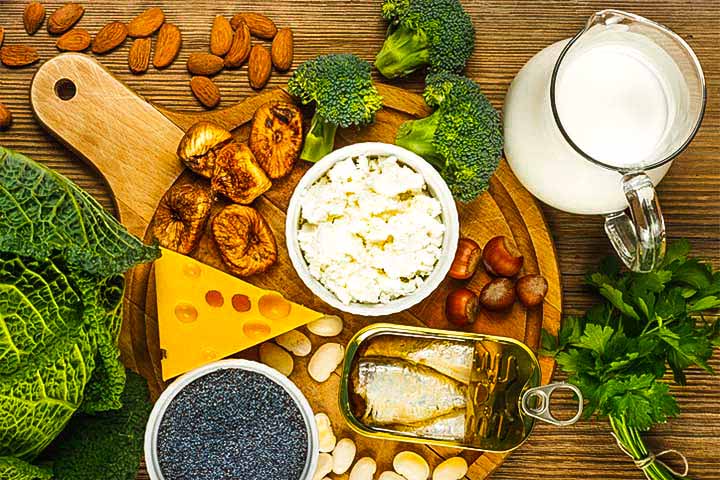
Spine instability featuring movement of the vertebrae more than normal is termed as spondylolisthesis and occurs when a vertebrae slips out of place on the vertebrae below. Such condition thrusts pressure on the nerve, resulting in lower back pain or leg pain. Spondylolysis or weakness in facet joint area causes spondylolisthesis.
Spondylolisthesis may be congenital, isthemic or degenerative by nature. Less common types include traumatic, pathological and post-surgical spondylolisthesis. Sports, genetics and age are risk factors for spondylolisthesis.
Diet is an important aspect of spinal cord recovery since it influences energy levels, digestion and overall body composition. Such healthy diet also curbs secondary complications and accentuates body to handle rehabilitation. Dairy products have vitamin B12 which produces myelin that protects nerve cells.
The fiber, protein and folate contain vital nutrients which promote spinal cord recovery which is low in fat content and minimizes blood pressure. Vitamin C content in citrus fruits promotes formation of collagen which supports healthy bones and connective tissue.
Food choices play an important role in preserving spine health. Protein obtained from certain plants contributes a lot to spine health, which is not possible in meat based proteins. While animal based proteins make one susceptible to inflammation, proteins obtained from chia seeds, lentils and beans provide nutrition which includes antioxidants, fiber, vitamins and minerals. If one insists on animal proteins, lean meat like chicken and fish are preferred over beef and pork.
In general, dark leafy greens, berries, orange vegetables, oily fish, nuts, beans and citrus fruits are good for spine health. Dark leafy greens like spinach, kale and collard greens contain vital nutrients which enhance recovery after spinal cord injury. Dairy products which are otherwise healthy can trigger inflammation. They are not suitable for lactose intolerant people suffering from back pain since they make digestion tough.
Such dark leafy vegetables have ample magnesium content which regulates nerve and muscle function besides relaxing the same. The folate or vitamin B9 also promotes bone and neurological health and boosts development of brain and spinal cord while vitamins A,C, E and K release antioxidants which combat damage causing radicals. The fiber content regulates bowel movements in spinal cord injury patients.
While antioxidants in berries remove toxins and protect cells, they shield central nervous system against damage while their rich water content improves blood circulation. Resveratol content in berries minimize oxidative stress and protects spinal cord after injury.
Orange vegetables like sweet potatoes, pumpkins and carrots maintain integrity of skin and fight pressure sores which occur after spinal injury.
Oil fish like Salmon and Mackerel contain omega 3 fatty acids which shields against nerve injury besides promoting regeneration. They also contain selenium and vitamin D which promote bone health and are beneficial to patients suffering from osteoporosis and enable them to maintain bone density and enhance rehabilitation after spinal cord injury.
Nuts like almonds and walnuts are rich in calcium, magnesium, phosphorus and vitamin E which enable bone formation and strengthen the same. Walnuts contain omega 3 which minimizes inflammation and maintains healthy blood vessels.
Being plant based sources of protein and fiber, nuts keep spinal cord patients satiated throughout the day so that they do not overeat and maintain diets.
Drinking plenty of water enables digestion in spinal cord injury patients besides removing toxins and promoting bowel movements.
Likewise a list of food which triggers inflammation and is to be avoided exists, which also slows down healing process. Sugary foods for instance enable weight gain besides aggravating inflammation. The increased weight worsens back pain. Artificial sweeteners have a main role in boosting inflammation.
Vegetables with omega 6 acids prompt inflammatory response and one should use minimum vegetable oil while cooking. However olive oil is a healthy option since it contains monounsaturated fats which enable weight loss and minimize inflammation.
Pizza, cereal and white bread which are rich in refined grains cause insulin spike which in turn triggers inflammation. Refined grains should be replaced with whole grains instead.
Though corn is healthy, processed corn influences insulin spike and inflammatory process. Likewise food with chemicals, artificial colours, additives and preservatives should also be avoided since they are not recognised by the body.
On a concluding note, it must be realized that people have reduced physical activities after spine injury and that intake of same amount of calories as before would lead to weight gain. Patients with paraplegia and quadriplegia must consume 28 calories and 22 calories respectively per kg of body weight. Frying food should be replaced by baking, steaming, boiling and grilling. Drinking water instead of fruit juices can curb both calorie intake and cravings at one go.